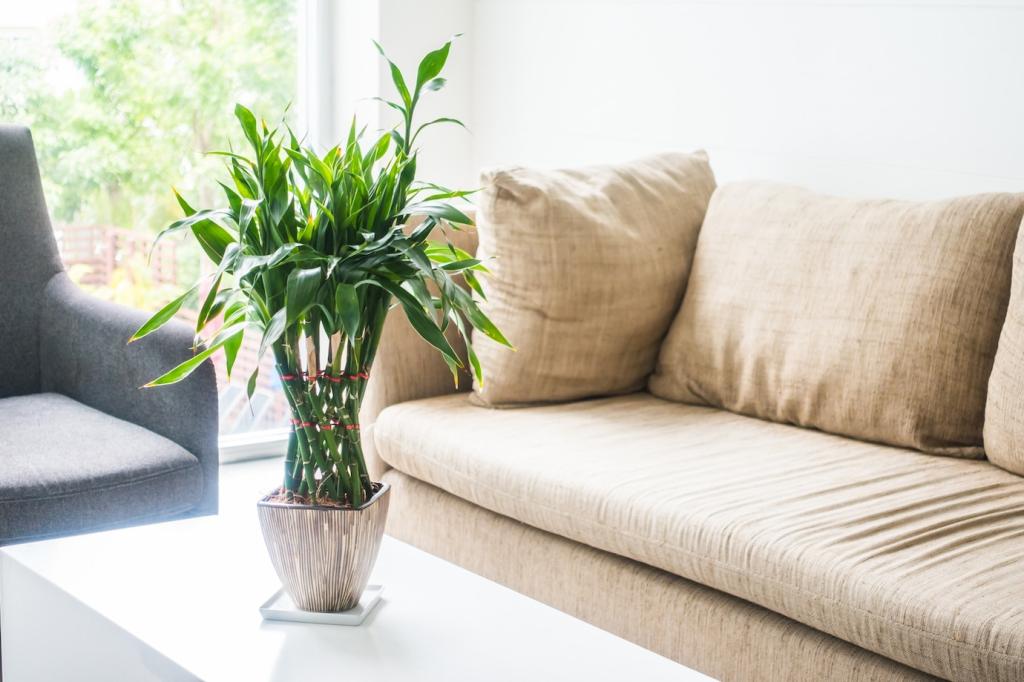Eco-Friendly Materials in Interior Design
Eco-friendly materials are transforming the world of interior design, marrying aesthetic appeal with responsibility for the planet. By incorporating environmentally conscious materials, designers and homeowners can craft spaces that are both beautiful and sustainable. From natural flooring options to recycled furniture, the choices made in material selection have a significant impact on resource conservation and indoor air quality. This commitment to sustainability extends beyond mere trends, shaping future interiors with a focus on minimized ecological footprints and healthier living. Delving into the world of eco-friendly materials reveals not only innovative approaches to design challenges but also a dedication to preserving natural resources for generations to come.
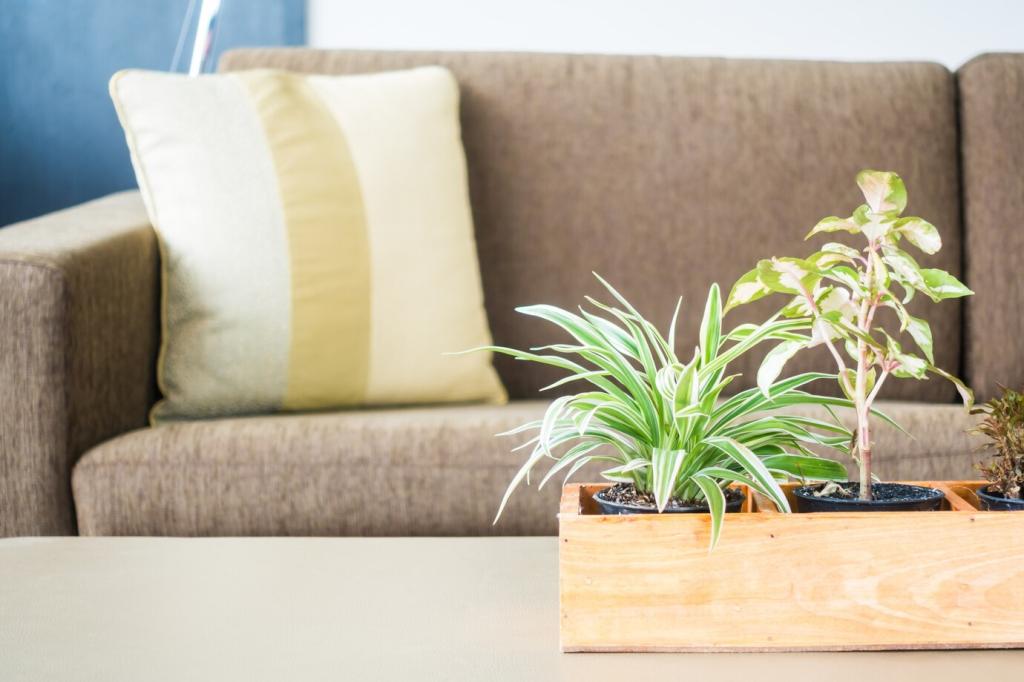
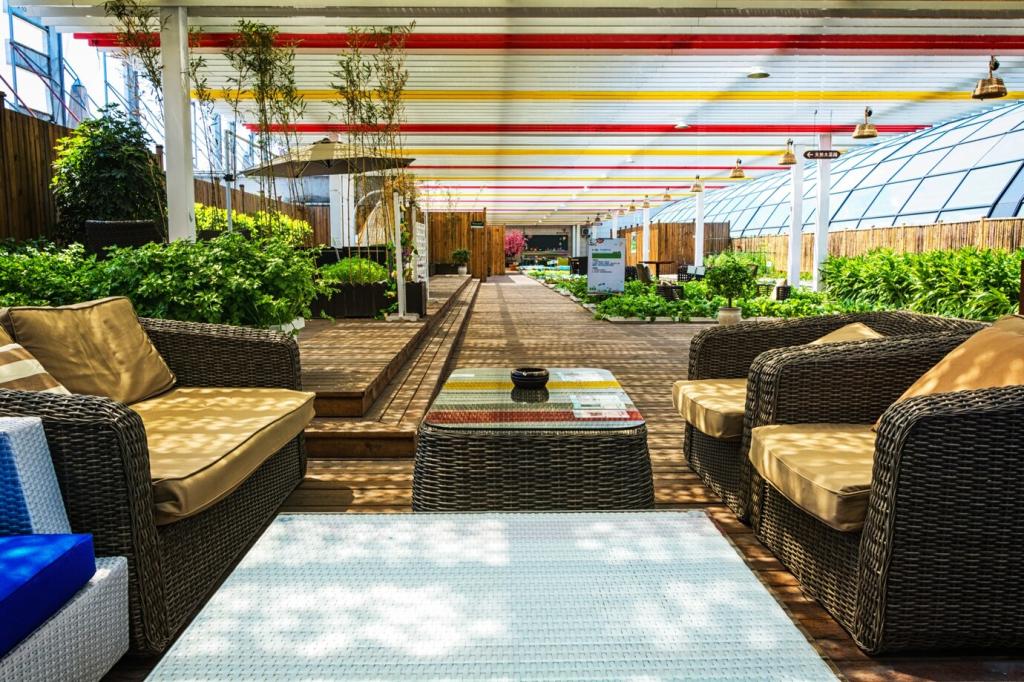
Bamboo Flooring
Cork Tiles
Reclaimed Hardwood
Low-Impact Paints and Finishes
Low-VOC and Zero-VOC Paints

Organic Cotton Fabric
Linen from Flax
Locally Sourced Materials
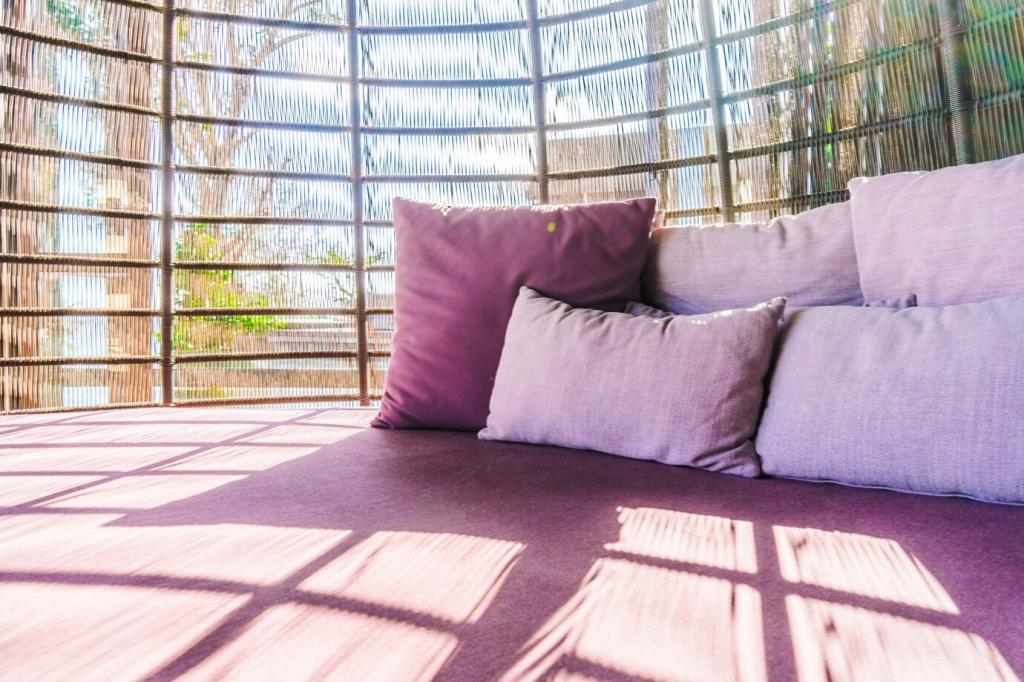
Non-Toxic Insulation Options
Sheep’s Wool Insulation
Recycled Cotton Batts
Cellulose Insulation
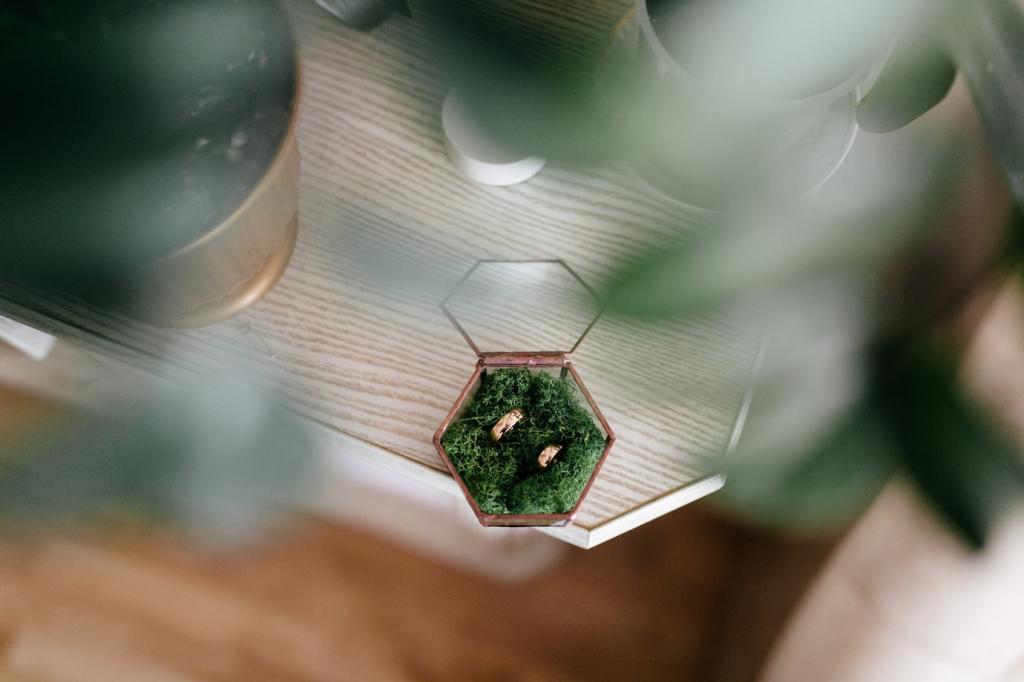
FSC-Certified Wood Cabinets
